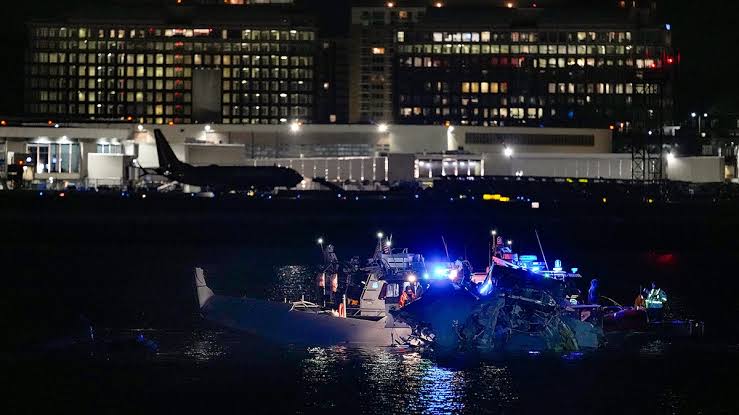Staffing at Reagan Washington National Airport air control tower was ‘not normal’ on night of collision: FAA
A preliminary report from the Federal Aviation Administration (FAA) has revealed that air traffic control staffing levels at Ronald Reagan Washington National Airport were “not normal” on the night of January 29, when an American Airlines jet collided with a U.S. Army Black Hawk helicopter, resulting in the deaths of all 67 individuals on board.
The report indicates that only one air traffic controller was on duty that evening, whereas standard protocol requires two controllers—one to manage airplane traffic and another to handle helicopter operations. This staffing shortage may have contributed to communication challenges, as different radio frequencies are typically used for airplanes and helicopters.

The National Transportation Safety Board (NTSB) has launched an investigation into the crash, focusing on potential human errors and systemic failures within air traffic control operations. The recovery of the aircrafts’ black boxes is expected to provide critical data to inform the NTSB’s ongoing inquiry.
This tragedy has intensified scrutiny of the persistent staffing shortages at Ronald Reagan Washington National Airport’s control tower. As of September 2023, the airport employed only 19 fully certified controllers, significantly below the required 30. This deficit has forced existing staff to work extended hours, raising concerns about fatigue and its impact on safety.
In response to the incident, President Donald Trump attributed the crash to previous administrations’ diversity and inclusion policies, suggesting that these initiatives led to incompetence among air traffic controllers. This perspective has sparked debate among officials and the public regarding the root causes of the tragedy and the effectiveness of current hiring practices within the FAA.
As the investigation continues, authorities are committed to uncovering the precise factors that led to this devastating event. This incident underscores the urgent need to address staffing and systemic issues within air traffic control to prevent future tragedies.


Comments are closed, but trackbacks and pingbacks are open.